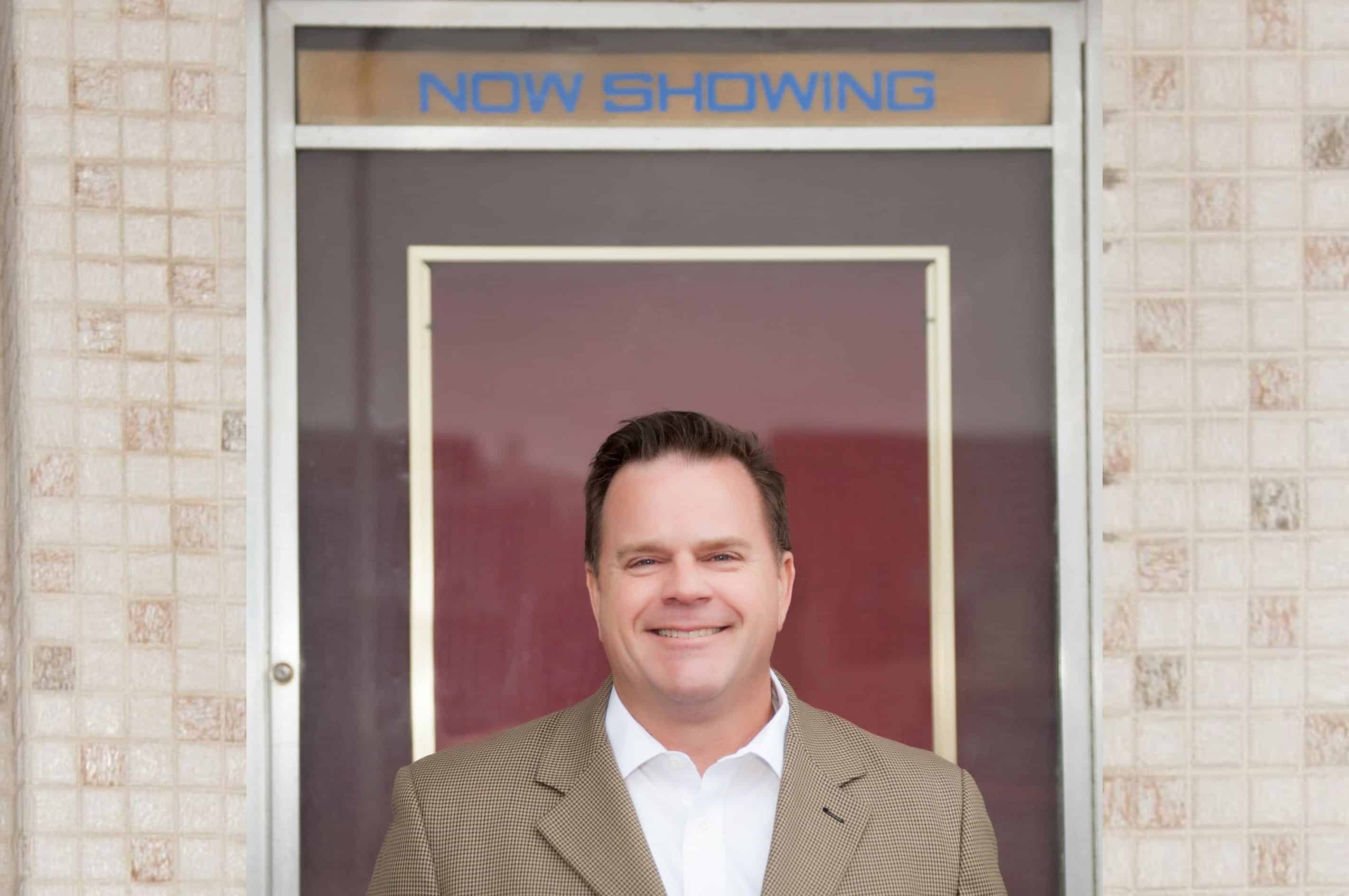Time is the one facet we humans can’t command in life. You may attempt to manage it, schedule it or even slow it down but you can never make time work to your will and wishes. In that similar regard, the Internal Revenue Code, which is the law guiding the assessment, reporting and payment of various types of taxes in the United States, works in a similar manner when it comes to retirement contributions to Individual Retirement Accounts (IRA).
The law allows an individual with earned income, and meets other criteria, to contribute to an IRA annually. However, there is no ability by the taxpayer to stretch the period for contributions beyond the original due date of their individual income tax return. Typically, filers of Form 1040, the U.S. Individual Income Tax Return, are required to file their returns on or before April 15 of each year. This year is an exception because of Good Friday being April 15 and returns are due on April 18.
An additional three days is granted to those wishing to contribute to their IRA and claim a tax deduction for 2021. This timing of the contribution applies to Roth IRA and Health Savings Account contributors as well.
One of the greatest benefits of contributing to your retirement in this manner is that the IRS helps you make the payment by reducing your tax liability by the amount contributed. The maximum contribution amount for 2021 is $6,000 unless you are age 50 or older which grants you an additional $1,000 “catch up” contribution for a total of $7,000. Keep in mind that this is an individual contribution limit. A married couple filing a joint return may be entitled to a $14,000 tax deduction if both qualify for IRA contributions. This is significant savings for most filers.
If you are self-employed, more good news for your contribution timing to another type of IRA called a Simplified Employee Pension Individual Retirement Account (SEP-IRA). The contribution timing of this particular type of plan is allowed until the filing of your return, which may include extensions of time to file. For example, an individual may extend the time for filing, not delaying the payment of tax, of her return for 2021 until October 17, 2022. These additional months to file your return may allow the accumulation of funds to maximize your contribution, and resulting deduction, for 2021 retirement purposes.
This type of IRA allows a much greater deduction than a Traditional IRA. Based on your net self-employment income, reduced by a portion of your FICA and Medicare to be assessed on such income, you may contribute up to $58,000 for 2021 and deduct it against your income. This sounds like a circular equation but it is a very valuable deduction and may apply to those that have self-employment income.
The tax deadline is fast approaching! Seek out the advice of a CERTIFIED FINANCIAL PLANNERTM professional to help you maximize your tax savings. My philosophy has always been “it is better to pay yourself first”. By contributing to your IRA consistently over a period of years, you will gain confidence for your future success in retirement and save significant taxes along the way. Now, go smell the roses and place a smile on your face!










